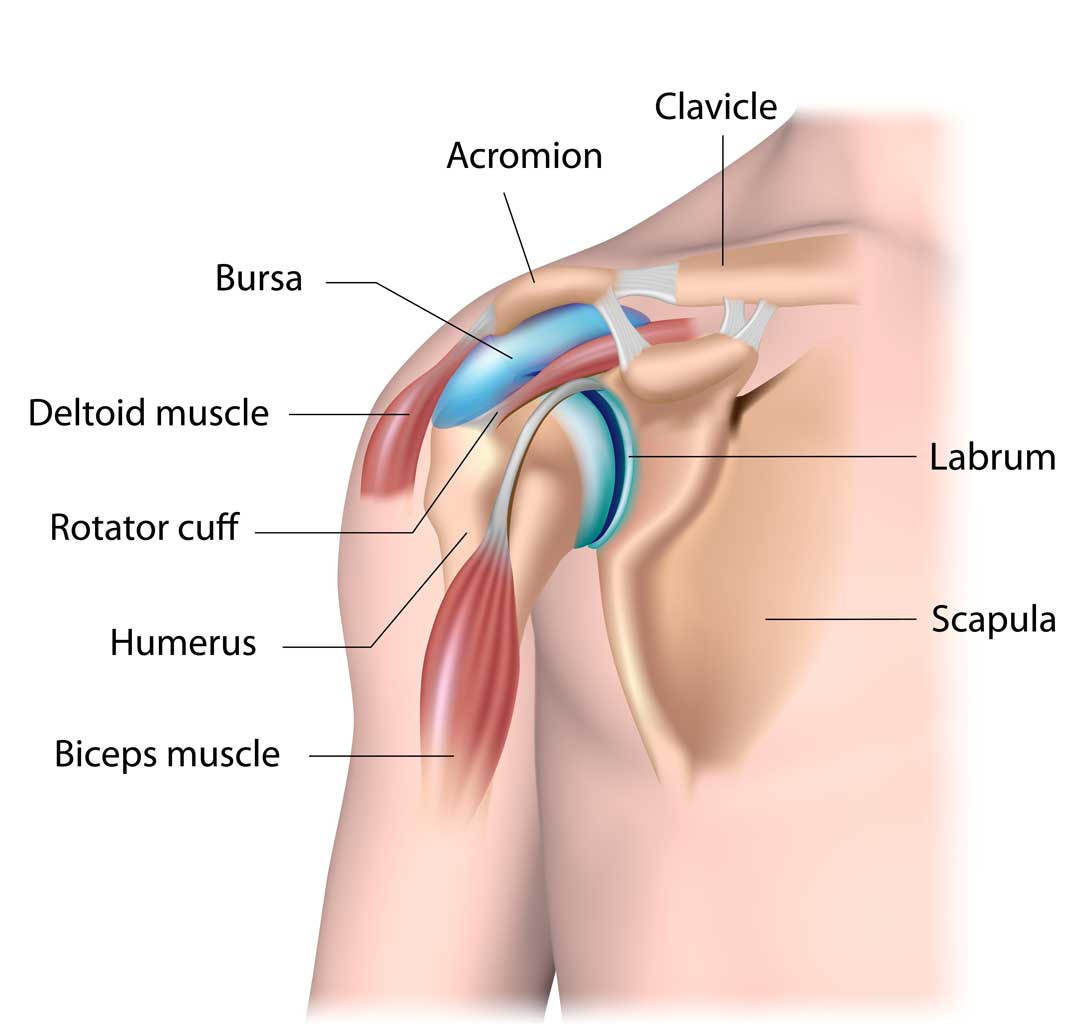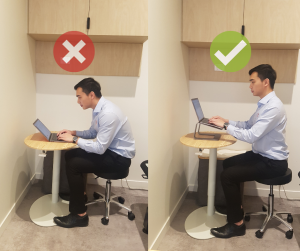What is shoulder impingement?
Shoulder impingement is a condition where the bursa or rotator cuff tendons are compressed in the subacromial space. This is the area between the head of the arm bone (humerus) and the acromion, a bony prominence at the top of the shoulder joint. The cause of shoulder impingement can be a bony spur on the acromion, poor posture, weakness of the rotator cuff muscles or muscle tightness. This can also relate to a rotator cuff tear or tendinopathy, this is an overuse injury.
What is bursitis?
Bursitis is an inflammation of a fluid filled sac in the joint called bursa. The bursa reduces friction between muscles, ligaments and bones. The shoulder is a ball-and-socket joint and the bursa is often inflamed in the subacromial space. Another term for shoulder bursitis is subacromial bursitis
What causes shoulder bursitis?
The cause of shoulder bursitis is usually due to overuse of the shoulder. This can be from activities such as throwing, swimming, cleaning or gardening. Subacromial bursitis is commonly related to shoulder impingement. The onset of pain is usually gradual, but sudden onset of pain can happen from direct trauma to the shoulder, such as a fall.
Symptoms
Shoulder bursitis results in pain with reduced range of motion (painful arc). Activities that may aggravate this injury include lifting and overhead movements, or lying on the affected side. For example, reaching across, hands behind back or rotating arm inward.
How is shoulder bursitis diagnosed?
Your physiotherapist will assess the shoulder with a series of tests to assist in the diagnosis of shoulder bursitis. Shoulder bursitis may be concurrent with other conditions. Sometimes X-ray, ultrasound or MRI scans can be helpful to differentiate between other pathologies.
Treatment of shoulder bursitis
The first step to treat shoulder bursitis. Avoid aggravating positions and activities that cause the microtraumas. This will reduce exacerbation of symptoms. Icing for 15min every 2-3 hours may be beneficial to reduce the inflammation for the first 48-72 hours. Nonsteroidal anti-inflammatory drugs such as ibuprofen can useful to reduce pain. Rehabilitation involves postural correction, manual therapy, and taping. There will also be exercises that strengthen and stretches weak or tight muscles. In severe shoulder bursitis, your physiotherapist may refer to your medical practitioner. This will be for an ultrasound-guided corticosteroid injection. This will help to reduce the inflammation. Evidence suggests that the effects of corticosteroid injections are only short-term. You should avoid favoring the injection over physiotherapy. It is crucial to continue with the exercises prescribed by your physiotherapist. This will ensure positive long-term outcomes.




